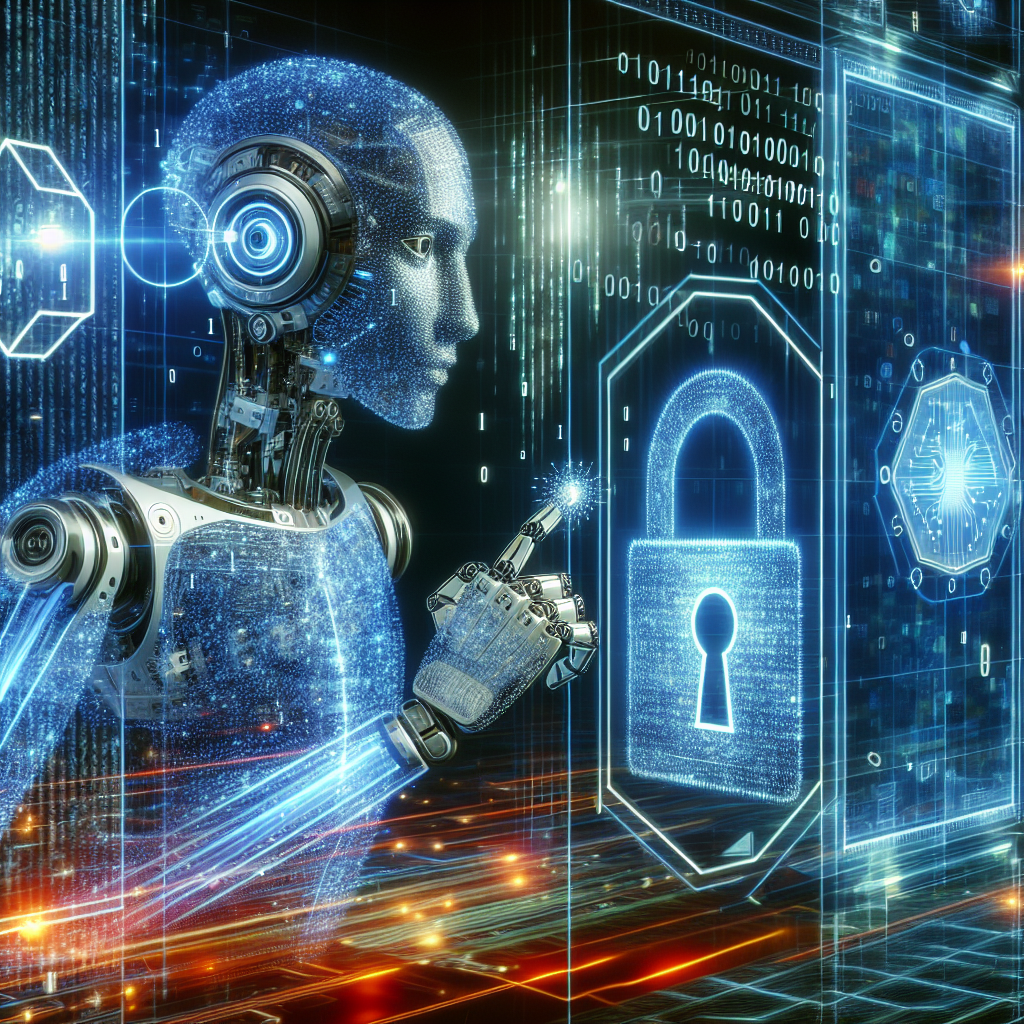Cybersecurity is a critical concern for individuals, businesses, and governments alike. With the increasing sophistication of cyber threats, organizations are constantly seeking new ways to protect sensitive data and systems from malicious attacks. One technology that has shown great promise in the fight against cyber threats is artificial intelligence (AI). By leveraging the power of AI, organizations are able to detect, respond to, and mitigate cyber threats more effectively than ever before.
How AI is Changing the Game in Cybersecurity
AI is a game-changer in cybersecurity for several reasons. First and foremost, AI has the ability to analyze vast amounts of data at speeds that are impossible for humans to match. This allows AI systems to detect patterns and anomalies in data that may indicate a cyber threat. By continuously analyzing data in real-time, AI can identify potential threats before they have the chance to cause harm.
AI also has the ability to adapt and learn from new data, making it an incredibly powerful tool for cybersecurity. Traditional cybersecurity tools rely on predefined rules and signatures to detect threats, which can be easily bypassed by sophisticated cyber attackers. AI, on the other hand, can adapt and learn from new data, making it much more difficult for cyber attackers to evade detection.
Another key advantage of AI in cybersecurity is its ability to automate routine tasks. By automating tasks such as threat detection, incident response, and vulnerability management, organizations can free up their cybersecurity teams to focus on more strategic tasks. This not only improves the efficiency of cybersecurity operations but also allows organizations to respond to threats more quickly and effectively.
AI is also being used to enhance the accuracy of cybersecurity tools. For example, AI-powered threat intelligence platforms can provide organizations with real-time information about emerging threats and vulnerabilities. By leveraging AI to analyze this data, organizations can make more informed decisions about how to protect their systems and data.
In addition to threat detection and response, AI is also being used to improve the security of authentication systems. AI-powered biometric authentication systems, for example, can analyze a user’s behavior and characteristics to verify their identity. This makes it much more difficult for cyber attackers to impersonate legitimate users and gain unauthorized access to systems and data.
Overall, AI is revolutionizing the field of cybersecurity by providing organizations with powerful tools to detect, respond to, and mitigate cyber threats. By leveraging the power of AI, organizations can stay one step ahead of cyber attackers and protect their systems and data more effectively than ever before.
FAQs
Q: How does AI help in threat detection?
A: AI helps in threat detection by analyzing vast amounts of data in real-time to identify patterns and anomalies that may indicate a cyber threat. By continuously analyzing data, AI can detect threats before they have the chance to cause harm.
Q: Can AI adapt and learn from new data?
A: Yes, AI has the ability to adapt and learn from new data, making it much more difficult for cyber attackers to evade detection. This adaptability allows AI to stay one step ahead of cyber threats.
Q: How does AI automate routine tasks in cybersecurity?
A: AI automates routine tasks in cybersecurity by analyzing data, detecting threats, and responding to incidents without human intervention. By automating these tasks, organizations can respond to threats more quickly and effectively.
Q: How can AI improve the accuracy of cybersecurity tools?
A: AI can improve the accuracy of cybersecurity tools by analyzing vast amounts of data to provide organizations with real-time information about emerging threats and vulnerabilities. By leveraging AI to analyze this data, organizations can make more informed decisions about how to protect their systems and data.
Q: How is AI being used to enhance the security of authentication systems?
A: AI is being used to enhance the security of authentication systems by analyzing a user’s behavior and characteristics to verify their identity. AI-powered biometric authentication systems make it much more difficult for cyber attackers to impersonate legitimate users and gain unauthorized access to systems and data.

